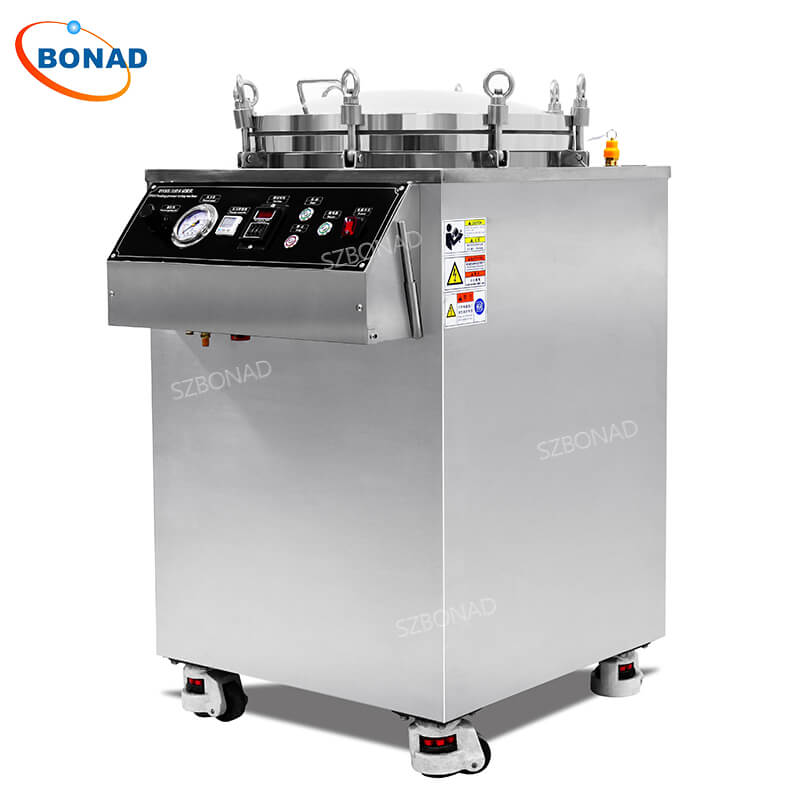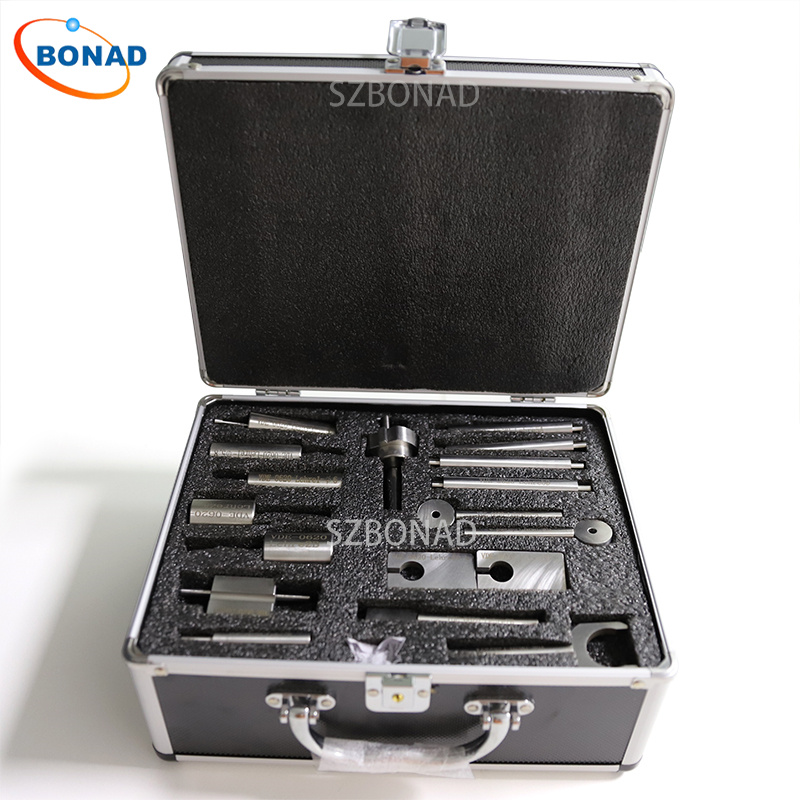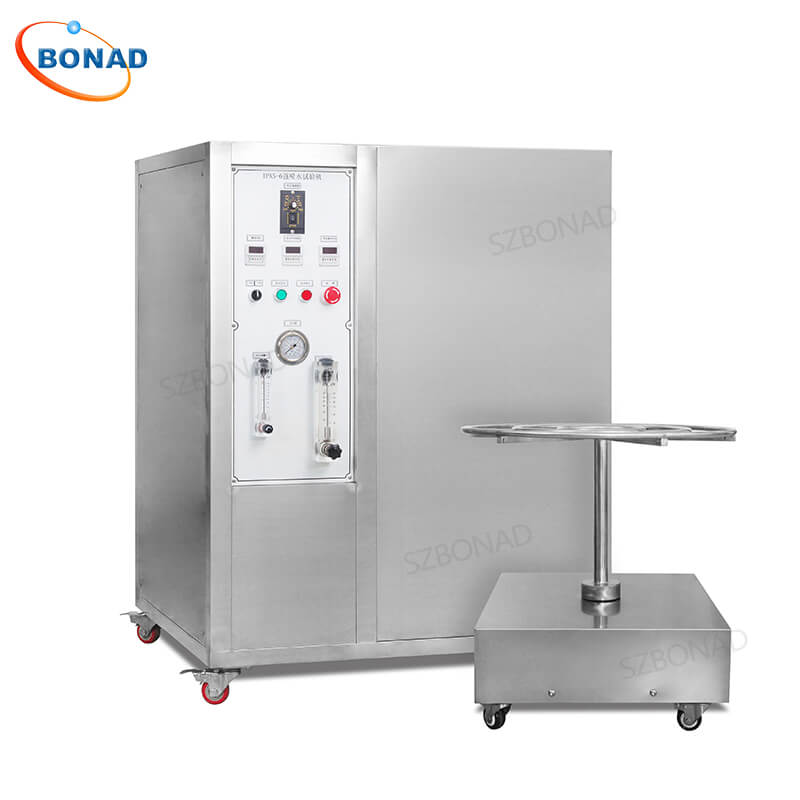Understanding IP ratings is crucial when buying electronics for rugged environments. Two common yet confusing ratings are IPX8 and IP68. Both offer strong water resistance, but their dust protection differs significantly. This guide breaks down their meanings, differences, and helps you choose the right one.
Understanding the IP Rating System
The IP (Ingress Protection) rating, defined by the IEC 60529 standard, classifies how well a device’s enclosure resists dust, solid objects, and water. It uses two digits:
- First Digit (Solid Particle Protection): Ranges 0-6. Higher numbers mean better protection against dust and solids.
- Second Digit (Liquid Protection): Ranges 0-9. Higher numbers mean better protection against water.
- An “X” means the device wasn’t rated for that type of protection (e.g., IPX8 = no dust rating).
What Does IPX8 Mean?
- Focus: Water resistance ONLY. The “X” indicates no specific rating for dust protection.
- Water Protection (Digit 8): The device is protected against continuous immersion in water deeper than 1 meter. The exact depth and duration (typically 30 mins to 4+ hours) are specified by the manufacturer.
- Best For: Products where deep water immersion is the primary concern, but dust isn’t a major issue (e.g., underwater cameras, waterproof speakers, diving watches).
What Does IP68 Mean?
- Focus: Both dust and water resistance.
- Dust Protection (Digit 6): Highest level – Dust-tight. No harmful dust ingress.
- Water Protection (Digit 8): Protected against continuous immersion in water deeper than 1 meter. Depth and duration defined by the manufacturer (similar to IPX8).
- Best For: Devices needing robust protection against both elements (e.g., smartphones, smartwatches, fitness trackers, e-readers, wireless earbuds, rugged industrial devices).
IPX8 vs IP68: Detailed Comparison
| Feature | IPX8 Rating | IP68 Rating |
|---|---|---|
| Dust Protection | Not Rated (X) | Highest Level (6): Dust-tight |
| Water Protection | Continuous immersion >1m depth | Continuous immersion >1m depth |
| Depth/Duration | Varies by manufacturer | Varies by manufacturer |
| Key Focus | Water resistance only | Complete dust & water resistance |
| Typical Products | Waterproof cameras, speakers | Smartphones, smartwatches, trackers |
Key Difference: IP68 provides complete dust protection (dust-tight), while IPX8 offers no specific dust rating. Both offer similar high-level water immersion protection (>1m depth), though exact specs vary.
IPX8 vs IP68: Which One Should You Choose?
Choose based on your environment and usage:
- Choose IPX8 If:
- Your primary concern is deep water immersion (e.g., snorkeling, pool parties).
- Dust exposure is minimal or irrelevant to the device’s function.
- Examples: Using a camera underwater, playing music by the pool with a speaker.
- Choose IP68 If:
- You need protection against both dust AND water.
- The device will be used in harsh or unpredictable environments (outdoors, workshops, beaches).
- Examples: Using a smartphone hiking or at the beach, wearing a smartwatch while swimming and running in dusty trails, industrial handheld devices.
IP Ratings Beyond IPX8 & IP68
While IPX8 and IP68 are common, other ratings exist. Here’s a quick reference:
| Rating | Dust Protection | Water Protection | Typical Use Case |
|---|---|---|---|
| IP68 | Dust-tight | Immersion >1m (mfr spec) | Deep water, rugged use |
| IP67 | Dust-tight | Immersion up to 1m for 30 mins | Outdoor use, temporary submersion |
| IPX8 | Not Rated | Immersion >1m (mfr spec) | Underwater activities |
| IPX7 | Not Rated | Immersion up to 1m for 30 mins | Accidental drops in water |
| IP52 | Limited dust | Dripping water (tilted 15°) | Light splashes, occasional dust |
| IPX4 | Not Rated | Splashes from any direction | Kitchens, bathrooms, light rain |
Why IP Ratings Matter
- Standardization: Provides a clear, global benchmark for protection levels, allowing fair comparisons.
- Informed Choices: Empowers customers to select devices suitable for their specific environments (beach, pool, workshop, rain).
- Device Longevity: Choosing the right IP rating reduces the risk of damage from dust or water, extending device life.
- Safety & Reliability: Ensures devices perform as expected in challenging conditions, preventing accidents or failures.
FAQs: IPX8 vs IP68
- Is IP68 the highest waterproof rating?
- IP68 is one of the highest standard IP ratings for water immersion. While both digits go to 9 (IP69K for high-pressure/high-temperature jets), IP68 represents the highest common level for continuous submersion depth beyond 1 meter in consumer electronics.
- Can IPX8 be used for swimming?
- Generally, yes. IPX8 devices are designed for prolonged water immersion deeper than 1 meter. However, always check the manufacturer’s specifications for the exact depth and duration limits. It may not be suitable for deep diving or high-pressure water sports. Rinse with fresh water after saltwater/pool use.
- Can IP68 survive a shower?
- Yes. IP68 devices offer strong protection against water jets and immersion, easily handling shower conditions. Be mindful of steam, very hot water, prolonged exposure time, and ensure ports are dry. Check the manufacturer’s guidelines.
Conclusion
Both IPX8 and IP68 offer excellent protection against water immersion beyond 1 meter. The critical difference is dust resistance:
- IPX8 excels in waterproofing but offers no dust protection rating.
- IP68 provides complete dust-tight protection (highest level) combined with high waterproofing.
Choose IPX8 if your device only needs serious water resistance (e.g., dedicated underwater gear).
Choose IP68 for maximum protection if your device faces dust, dirt, sand, or unpredictable environments alongside water exposure (e.g., everyday smartphones, smartwatches, outdoor gear).



